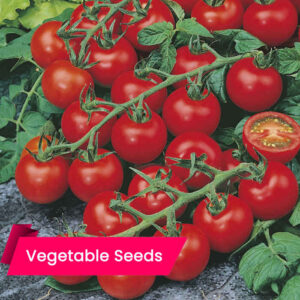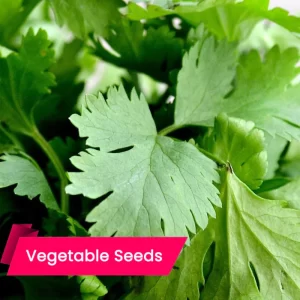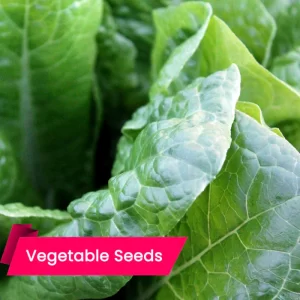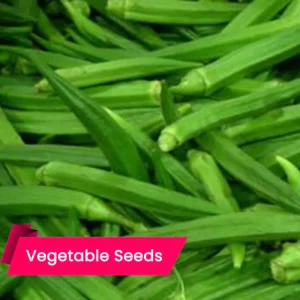In today’s fast-paced world, there’s a growing trend towards reconnecting with nature and embracing self-sufficiency. One avenue gaining popularity is the cultivation of kitchen gardens. These small patches of greenery offer an array of benefits, from providing fresh, flavorful produce to promoting sustainability and fostering a deeper connection to the environment. The joys and advantages of growing your kitchen garden are how it enhances both culinary experiences and overall well-being.
Tomatoes:

Tomatoes, renowned for their numerous health benefits, provide high levels of vitamin C and potent antioxidants. Consuming tomatoes regularly may contribute to a lower risk of heart disease and certain cancers. In Indian cuisine, tomatoes are a culinary cornerstone, lending their vibrant flavor to a myriad of dishes. From hearty curries to zesty chutneys, their versatility knows no bounds. In North Indian classics like paneer tikka masala or South Indian favorites like tomato rice, tomato does wonders with its flavor. Thus, tomatoes are cherished for their taste and nutritional value.
Coriander:

Coriander, also known as cilantro, is a staple herb in Indian cuisine, adding a fresh, citrusy flavor to dishes. It is rich in antioxidants, vitamins A and K, and may help lower blood sugar levels and promote digestion. Coriander is a popular ingredient in dishes from all regions, including North Indian (e.g., chicken curry, aloo gobi), South Indian (e.g., coconut chutney, dosa), and street foods like chaat and pakoras.
Chilies:

Chilies are a fundamental ingredient in Indian cooking, adding heat and flavor to dishes. They contain capsaicin, which may boost metabolism and have anti-inflammatory properties.
Chilies feature in virtually all Indian cuisines, including North Indian (e.g., butter chicken, tandoori chicken) and South Indian (e.g., fish curry, egg curry). Also, regional dishes like Andhra chicken curry and Rajasthani laal maas contain chilies.
Spinach:

Spinach finds wide usage in Indian cuisine, especially in dishes like palak paneer. It is packed with vitamins A, C, and K, as well as iron and calcium. Hence it supports overall health and immune function.
Spinach is an ingredient in North Indian (e.g., palak paneer, saag) and South Indian dishes (e.g., keerai poriyal, palak dosa), and regional specialties like Bengali shak bhaja and Punjabi sarson da saag.
Okra:

Okra, also known as lady’s finger or bhindi, is a popular vegetable in Indian cooking, prized for its unique texture and flavor. It is rich in fiber, vitamins C and K, and antioxidants, supporting digestive health and immune function.
Okra used in dishes such as North Indian (e.g., bhindi masala, bhindi kadhi), South Indian (e.g., vendakkai poriyal, sambar), and regional delicacies like Hyderabadi bhindi ka salan and Gujarati bhindi sambhariya.
